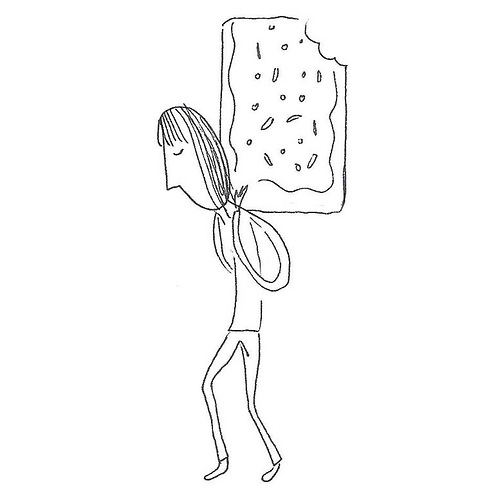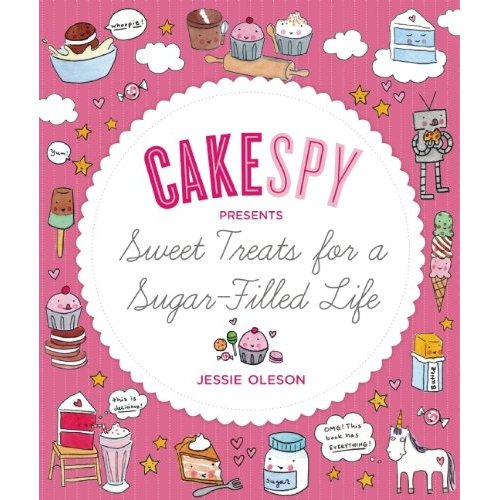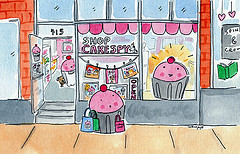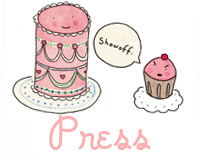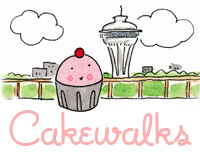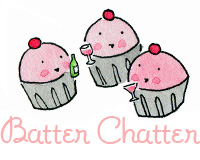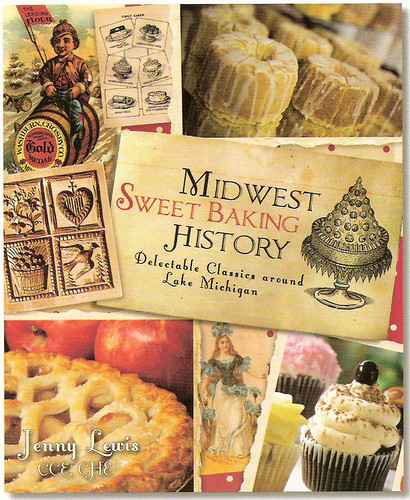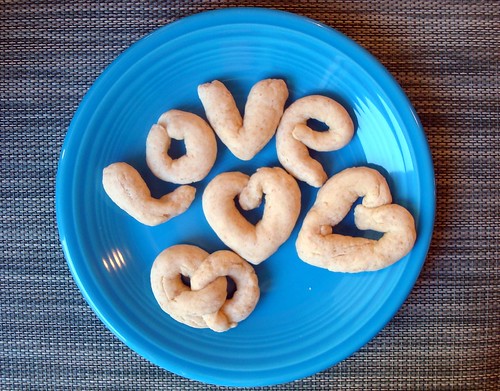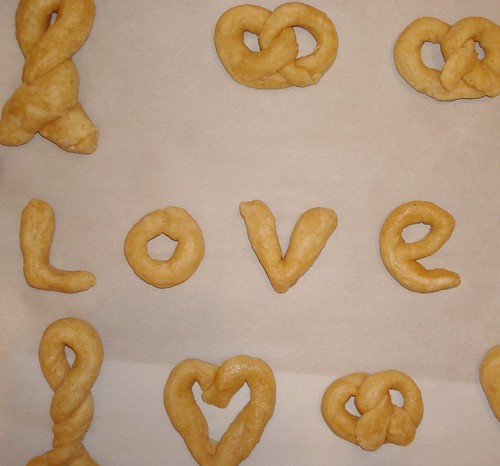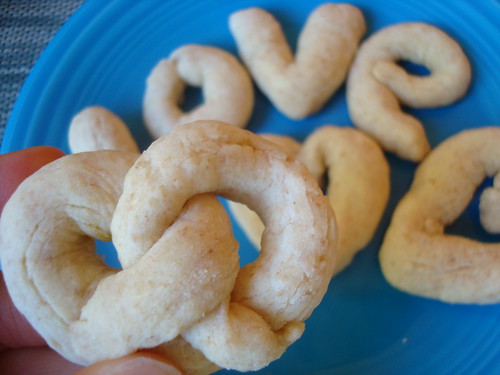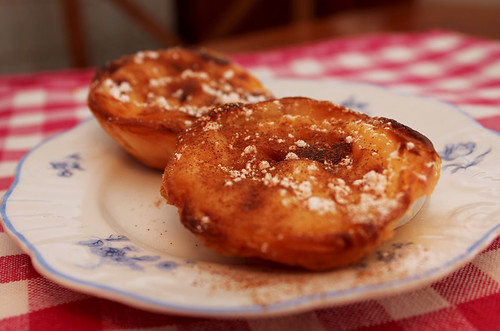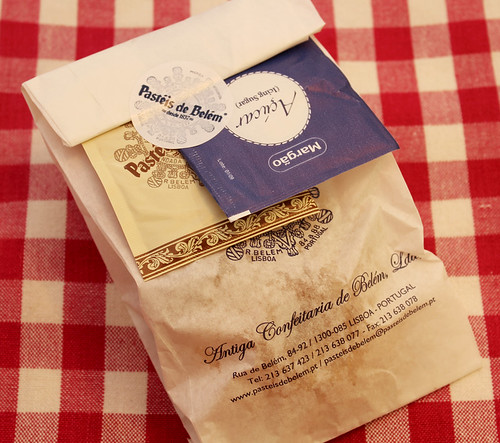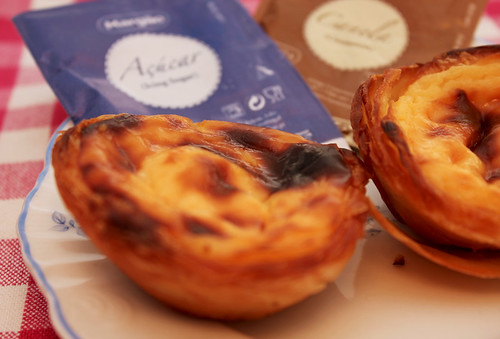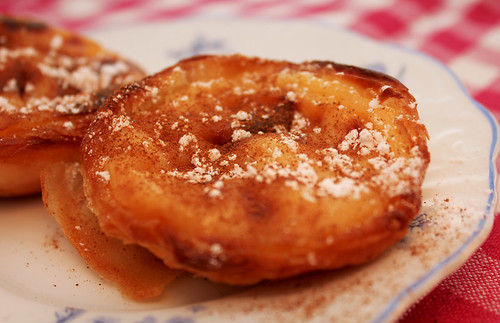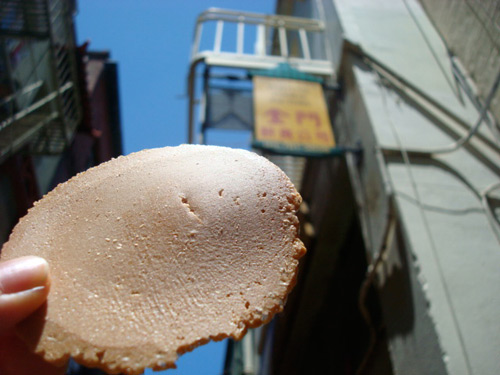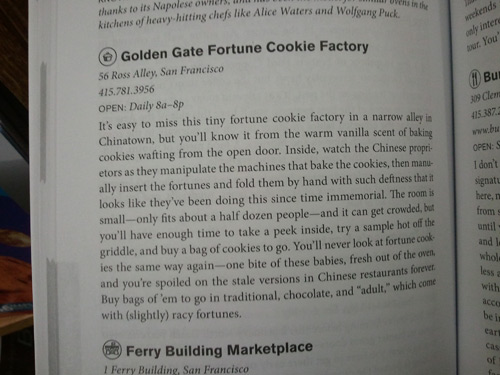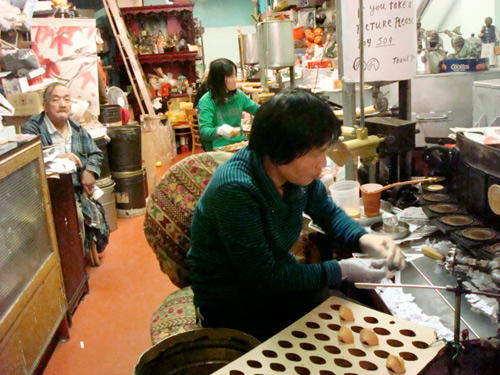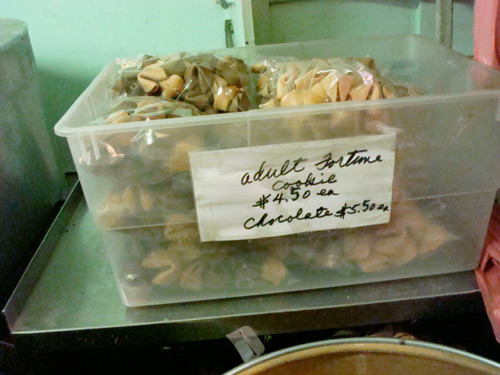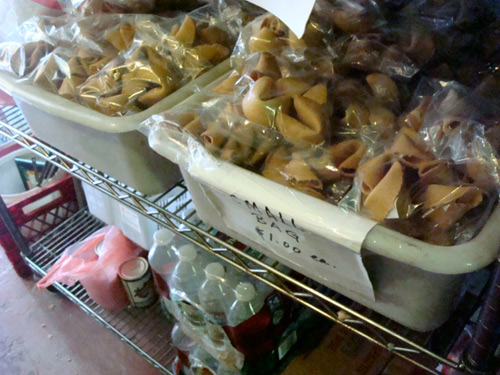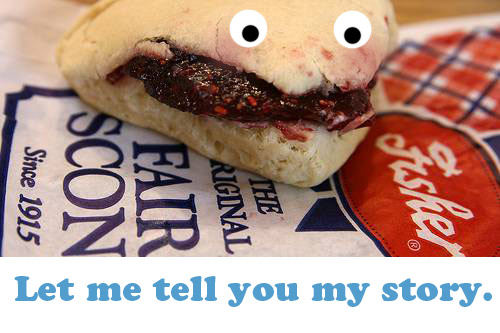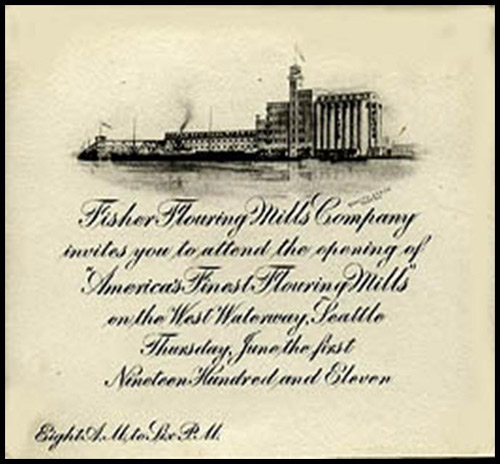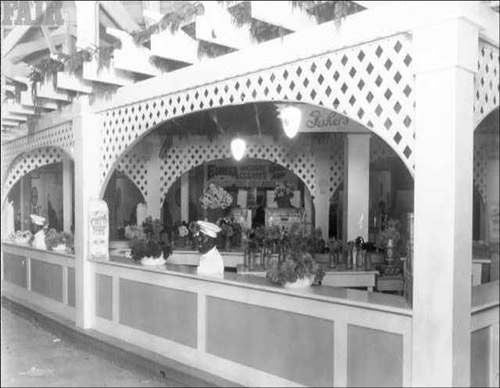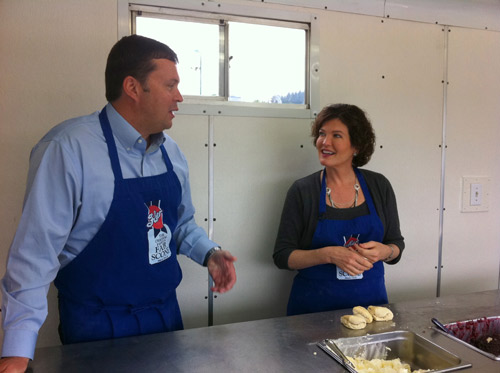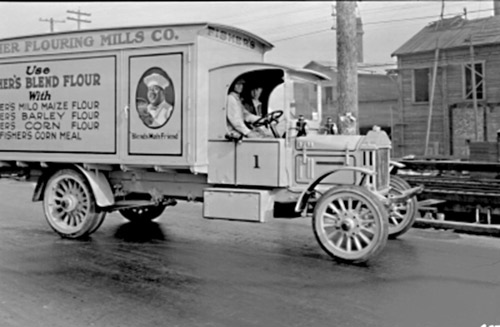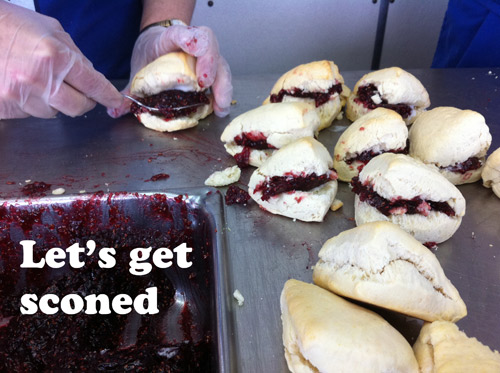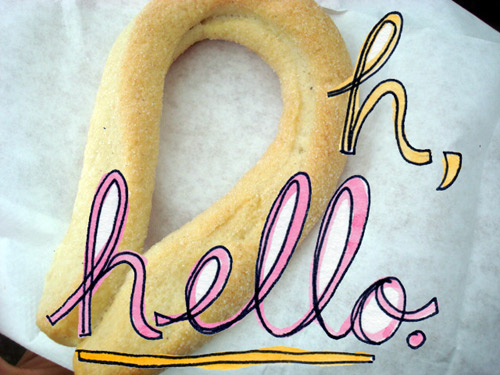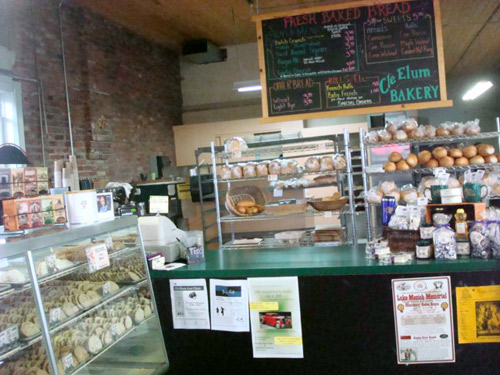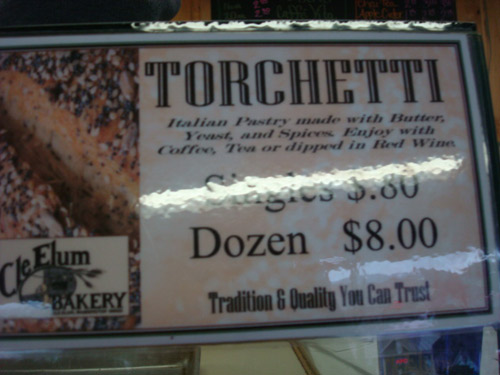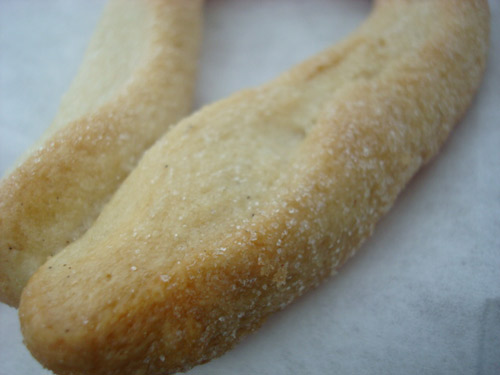Delicious Volume: Midwest Sweet Baking History by Jenny Lewis
 Thursday, March 29, 2012
Thursday, March 29, 2012 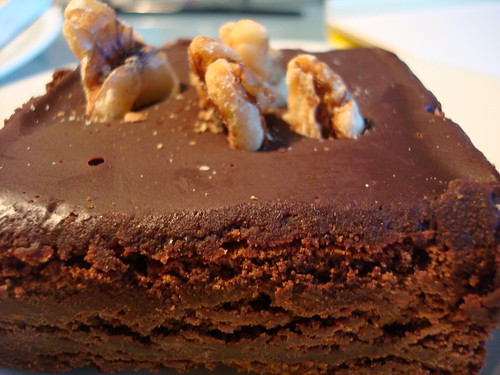 Brownies: a midwest baking classic!
Brownies: a midwest baking classic!
I'm fond of saying that "everything tastes better with a backstory". After all, isn't it more fun to eat a chocolate chip cookie while imagining Ruth Wakefield in a Massachusetts toll house, trying to take a shortcut making chocolate cookies by adding chocolate chunks, and inadvertently creating an American icon? Or picturing a hapless baker in St. Louis mixing up the sugar and flour in a recipe and ending up with Gooey Butter cake?
If you find this sweet lore fascinating, then you should probably go ahead and invest in the new release Midwest Sweet Baking History: Delectable Classics around Lake Michigan by Jenny Lewis. It's published by The History Press. Did you know they existed? I didn't, but I am glad I do now--they have a ton of interesting books.
This volume is a comprehensive source for learning about the popular treats of the Lake Michigan region--but really, it goes beyond that.
While you'll get plenty of sweet stories about specific foods, you'll also get a very interesting primer and backstory on the general history of baking in America.
There are chapters devoted to the development of popular baking ingredients (ever wonder when baking soda became a common pantry item?) and the developments in kitchen technology which played into what and how we ate. Author Jenny Lewis, who is a pastry chef, Certified Culinary Educator (did you know that was a thing? I didn't! I also didn't know all of these degrees existed!), and clearly One Smart Cookie, also gives some of the backstory on companies such as Kraft, Nabisco, and even smaller manufacturers in the Midwest such as Lessafre Yeast Company.
And then there are recipes. Yes! From historical--including one of the first printed brownie recipes, from the Chicago area, old fashioned doughnuts, and homespun pies--to contemporary, such as peach crumble with cornmeal cinnamon streusel, apple tart with salted caramel, and cherry whiskey cake.
Morever, what we learn is that recipes--and baking methods--aren't so much invented as they evolve--and so, the popular baked goods will reflect the immigration patterns of the United states, often the result of "old country" favorites getting a "new world" makeover based on the kitchen technology and ingredients available in the new surroundings. And it's a fascinating and delectable journey.
Buy the book here: Midwest Sweet Baking History: Delectable Classics around Lake Michigan; listen to an interesting interview with the author here.










